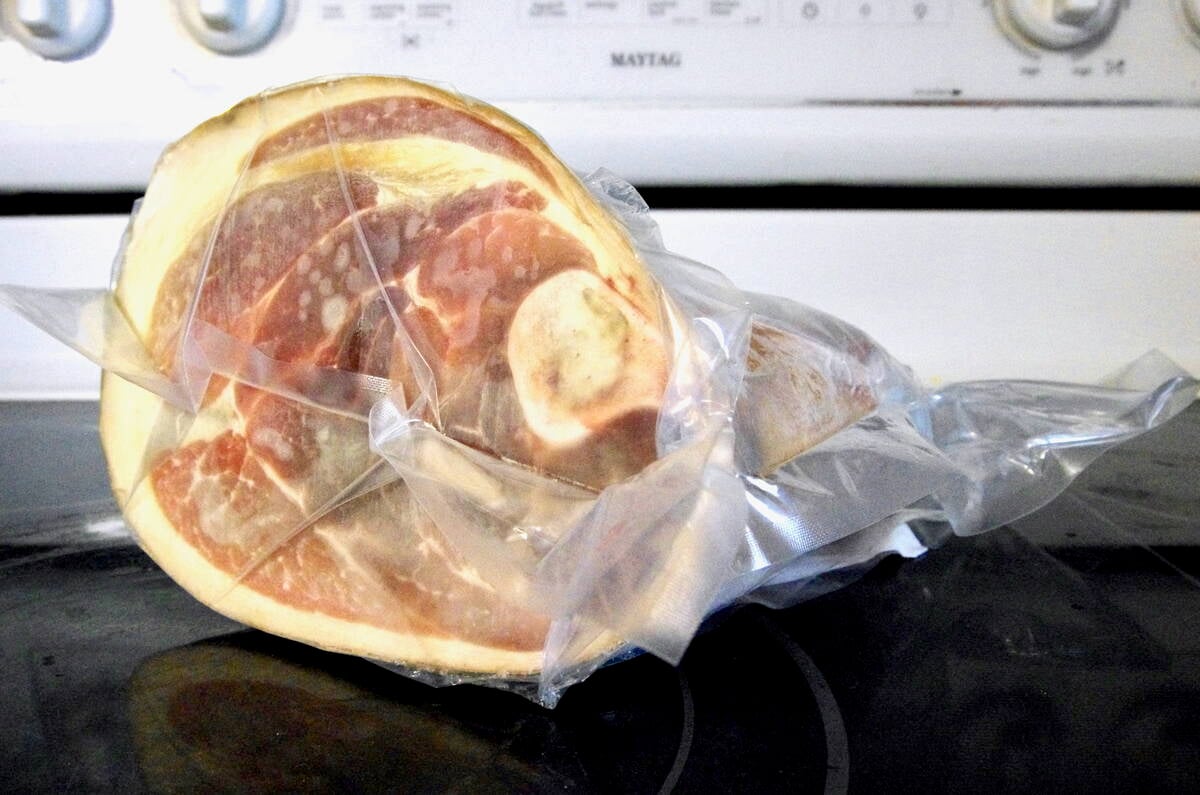Ecological value Almost half of the 3.5 million acres are considered to have high ecological value and will not be sold
Saskatchewan touched off a dispute with environmentalists four years ago when it announced that protected crown land could be sold to agricultural lessees.
The government has now an-nounced a strategy that suits everyone.
The Southern Conservation Land Management Strategy was developed by a committee representing both sides of the debate and an-nounced May 12 by environment minister Ken Cheveldayoff and agriculture minister Lyle Stewart.
The legislative amendments to the Wildlife Habitat Protection Act and the Conservation Easements Amendment Act, which were both passed in 2010, have now finally been proclaimed. The strategy represents the regulations that go with that legislative framework.
Read Also

Trade war may create Canadian economic opportunities
Canada’s current tariff woes could open chances for long-term economic growth and a stronger Canadian economy, consultant says — It’s happened before.
Lessees will still be able to buy certain land, but all parties now have a better idea of its ecological worth.
A computer model, the Crown Land Ecological Assessment Tool, evaluated all 3.5 million acres of protected crown land and placed them into three categories.
As a result, 48 percent of the land, or 1.7 million acres, is considered to have high ecological value and will not be sold.
About 1.3 million acres are considered to have moderate value and could be sold with the protection of a crown conservation easement.
About 525,000 acres, or 15 percent, have low ecological value and could be sold without any restrictions.
The strategy also allows for vacant crown land with ecological value to be placed under the Wildlife Habitat Protection Act in the future.
Stakeholders said they are pleased with the outcome.
Lorne Scott of Nature Saskatchewan said he thinks the result of four years of discussion was a good compromise.
He said the new technology makes the value of the land quite clear.
The assessment found that some quarters were completely cultivated and likely should never have been designated under the act.
“There’s other quarter sections at the bottom of Tobin Lake, which probably nobody will buy,” he said.
On the other hand, Scott said some vacant crown land should maybe be under the act, such as wetlands in the Yorkton area that no one has leased for decades but are useful for wildlife. Similarly, land along the forest fringe might be a good candidate.
Saskatchewan Wildlife Federation president David Pindaric said he supported the refinements to the process and lauded the co-operative efforts to make the process work.
“We support the notion that farmers are good stewards of the land. I am,” said Pezderic, who farms near Asquith.
Harold Martens, president of the Saskatchewan Stock Growers Association, said conservationists shouldn’t feel threatened by the idea that cattle producers want to own their own land.
“They’ve practiced good stewardship over the last 105, 110 years, and I don’t see that changing,” he said.
“It’s an opportunity maybe for them to do things different, but it won’t be jeopardizing anything related to stewardship.”
Stewart said he doesn’t expect farmers and ranchers to harm their environment because they rely on the land, but fines for non-compliance under the conservation easements legislation have increased substantially.
Maximum fines have increased from $2,000 to $100,000 for individuals and from $50,000 to $500,000 for corporations.
“There’s the ability under the new act for stop-work orders, equipment seizures, court orders, all sorts of compliance tools and enforcement tools,” he said.
Officials said 1.8 million acres could theoretically be sold, but even all of the land in the lowest category won’t be sold because of other factors such as gravel and oil and gas.
Cheveldayoff said land sales could be worth as much as $80 to $100 million, but it’s impossible to know. Seven percent of sales revenue will go to the Fish and Wildlife Development Fund for conservation and habitat projects; the remainder goes to the government’s general revenue fund.
Letters are now going out to lessees to let them know how their land is classified and how to buy it.
The crown land sale incentive program, which the agriculture ministry has offered for the past several years, is in its final year. It currently offers a two percent discount on the purchase price.
Stewart said that will be available to land in the low ecological value category, but land sold with an easement on it will not be eligible.
A Southern Crown Land Conservation Committee will now be formed.















